
Аннотация
Inspired by the Kolmogorov-Arnold representation theorem, we propose Kolmogorov-Arnold Networks (KANs) as promising alternatives to Multi-Layer Perceptrons (MLPs). While MLPs have f i xed activation functions on nodes (“neurons”), KANs have learnable activation functions on edges (“weights”). KANs have no linear weights at all – every weight parameter is replaced by a univariate function parametrized as a spline. We show that this seemingly simple change makes KANs outperform MLPs in terms of accuracy and interpretability. For accuracy, much smaller KANs can achieve comparable or better accuracy than much larger MLPs in data f i tting and PDE solving. Theoretically and em-pirically, KANs possess faster neural scaling laws than MLPs. For interpretability, KANs can be intuitively visualized and can easily interact with human users. Through two ex-amples in mathematics and physics, KANs are shown to be useful “collaborators” helping scientists (re)discover mathematical and physical laws. In summary, KANs are promising alternatives for MLPs, opening opportunities for further improving today’s deep learning models which rely heavily on MLPs.

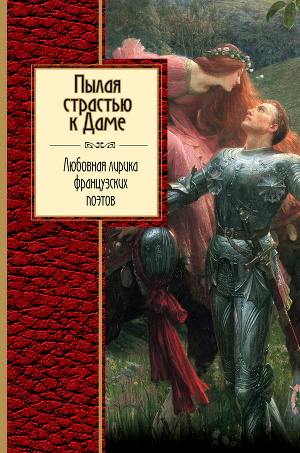


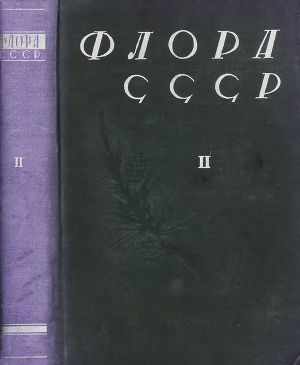
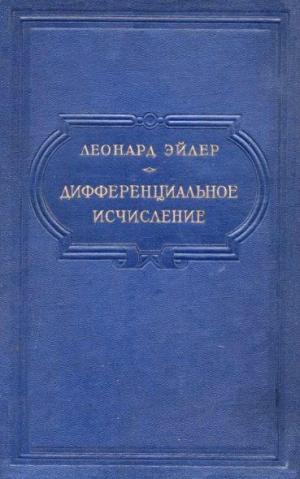

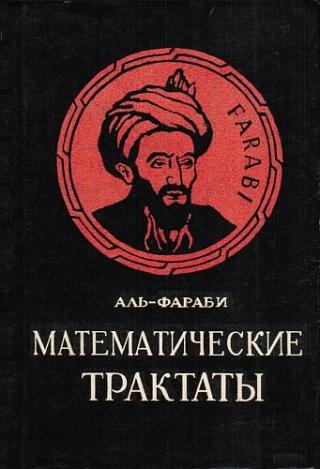
![Збірник містить статті з різних аспектів дидактики математики і проблем її викладання в вузі та школі. Значну увагу приділено проблемам розвитку методичних... Теорія та методика навчання математики, фізики, інформатики: Збірник наукових праць [Том 1: Теорія та методика навчання митематики]](https://www.rulit.me/data/programs/images/teoriya-ta-metodika-navchannya-matematiki-fiziki-informatiki_426956.jpg)
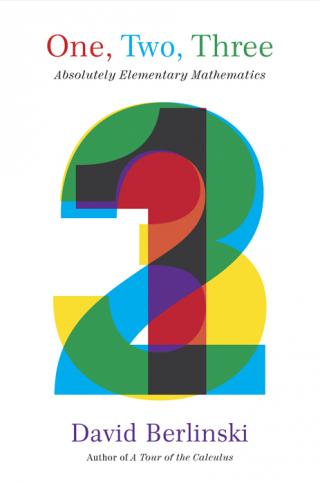


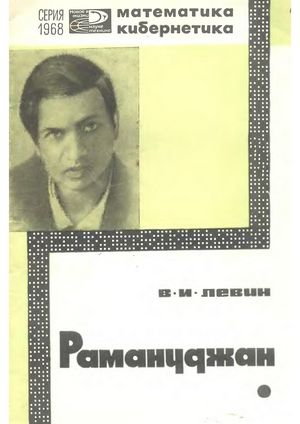

Комментарии к книге "KAN: Kolmogorov–Arnold Networks"